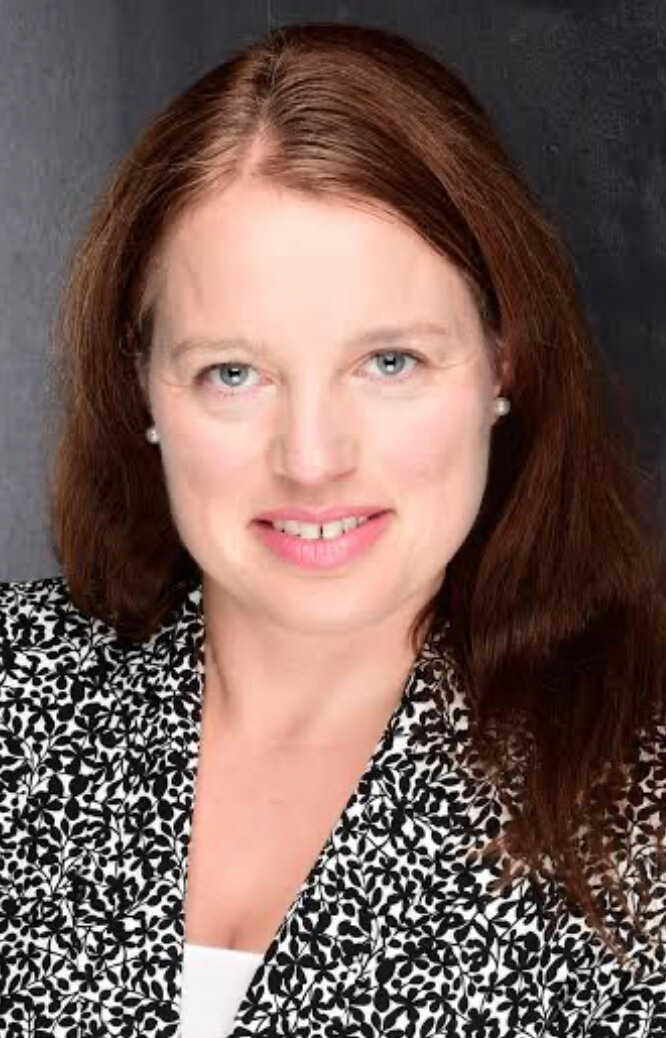Geography lottery: it sadly matters where you live when you want to start a family through fertility treatment
By Bobbie Jones, Nitzan Peri-Rotem, Anna Mountford-Zimdars
This blog discusses the findings of a recent research paper by the University of Exeter. This research paper discusses the proximity to fertility clinics and access to treatment.
Does geography play a role in who may or may not be able to access fertility treatment? The short answer is yes –more urban and affluent areas are better served with assisted fertility services than more rural, coastal and less affluent areas.
We are an academic research team located in the South West of England at the University of Exeter. Some of us had moved to the beautiful South West from more urban areas of the UK. One casual observation we discussed was that there appeared to be fewer opportunities for assisted fertility treatments in the South West than in other places in the UK like London. But was this just a casual observation or was there some pattern to where opportunities for IVF (In vitro fertilisation) treatment are located?
We undertook a research project to find out. We used HFEA (Human Fertilisation and Embryology Authority), NICE (National Institute for Health and Care Excellence) and ONS (Office for National Statistics) data to create a standardised measure of geographic accessibility to fertility services.
In 2020, when we undertook the research, there were 92 main fertility clinics and 52 satellite clinics in England with 87 offering IVF services. A total of 37 clinics were in London and 24 in the South East. There were 19 in the South West, 15 in the East, 13 in the North West, 12 in the West Midlands, 10 in the East Midlands, 7 in Yorkshire and the Humber and 7 in the North East.
In 2020, nearly a fifth of local authorities did not have fertility clinics within a radius of 25km, meaning that 1.6m women of reproductive ages had no assisted fertility services nearby. A similar number of women had access to only one fertility clinic within a radius of 25km of their local authority, resulting in approximately 3.2 million women aged 18 to 50 with limited accessibility to fertility services.
In London there were two or more clinics per 10,000 women of reproductive age within a radius of 25km. The South East and the Midlands had a relatively high concentration of clinics while the North of England and the South West had the lowest rates of clinics available per population of women in reproductive ages.
In short, it is significantly easier in terms of access to services for women and couples in London or the South East to seek fertility treatment than for those living in other regions. This better geographic access to IVF and other fertility services overlaps with measures of wealth. While the prevalence of infertility does not vary much across regions, geographic accessibility to treatment is highest in the richest parts of Britain.
Nearly three million women lived in local authorities with no proximity to clinics providing IVF to NHS funded patients, and further 2.4 million women with access to only one clinic within 25km. This results in around 5.4 million women, as well as male partners affected by infertility, who are living in areas with no or limited availability of clinics providing NHS-funded IVF services.
An obvious concern arising from our study is that limiting geographic accessibility to fertility treatment is likely to pose a substantial barrier for being able to access fertility services. Greater geographic distance entails additional expenses for those seeking treatment, including travel costs and time off work and may also lead to longer waiting times. In short, the current locations of clinics may be leading to reduced opportunities for women and couples living in more deprived parts of the country to access fertility treatment.
Our main take home messages from the research are:
- You are 30% less likely to have a fertility clinic nearby if you live in a more deprived area. This may further hinder the likelihood of seeking medical help and usage of assisted reproduction technologies among those living in these areas.
- The limited access to NHS funded fertility treatment exacerbates the existing inequalities in access to assisted reproduction.
- A more strategic approach for setting the location of fertility services providers would contribute to improved accessibility and to reducing existing barriers to assisted reproduction.
- Extending the provision of NHS funded fertility treatment across England, in accordance with the recommendations of NICE will also increase access, particularly for more deprived groups.
We hope these findings can be used to inform future planning of fertility services in England. The very least we can do as a compassionate society is supporting those by struggling to have the children they long for, is making fertility treatment accessible.
The full research report is available from the journal Human Fertility here.
The HFEA collects and verifies data on all treatments that take place in UK licensed clinics which can support scientific developments and research and service planning and delivery. Find out more on our website.

Bobbie Jones attained a Master’s in Data Science with a distinction from the University of Exeter from a part time apprenticeship scheme. She specialises in predictive analytics, deep learning modelling and data visualisation.

Dr Nitzan Peri-Rotem is a Senior Lecturer in quantitative sociology at the University of Exeter and an Affiliated Scholar at the Reproductive Sociology Research Group, based in the University of Cambridge. She is a demographer by training, studying inequalities in family formation patterns and fertility outcomes.

Prof Anna Mountford-Zimdars specialises in understanding and addressing inequalities and social justice issues. She jointly directs the Centre for Social Mobility at the University of Exeter.
Review date: 15 April 2027

